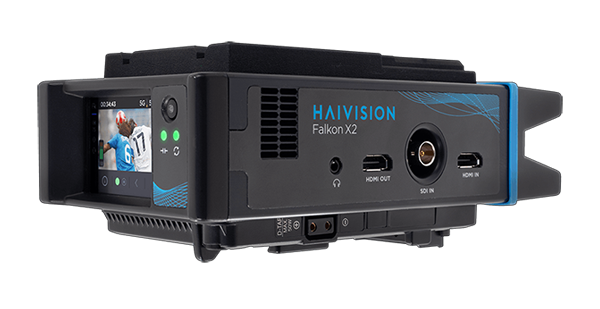Video Compression
Video compression is the process of reducing the total number of bits needed to represent a given image or video sequence. Video compression is most commonly performed by a program with a specific algorithm or formula for determining the best way to shrink the size of the data. Video compression algorithms such as H.264/AVC or H.265/HEVC reduce the raw content data by as much as 1,000 times.
For real-time video, HD 1080p60 has a natural “baseband” bandwidth of 3 Gbps. Compressed, the resultant network video stream can be as low as 1-10 Mbps. This allows real-time video streams or the resultant files to be easily transmitted across today’s standard networks.
Audio is typically compressed for efficient resource utilization. Video compression is also very beneficial for the efficient use of storage due to the dramatically reduced file sizes. Compression techniques are used extensively across all elements of today’s computer and networking architectures.
Latest Blog Articles




























